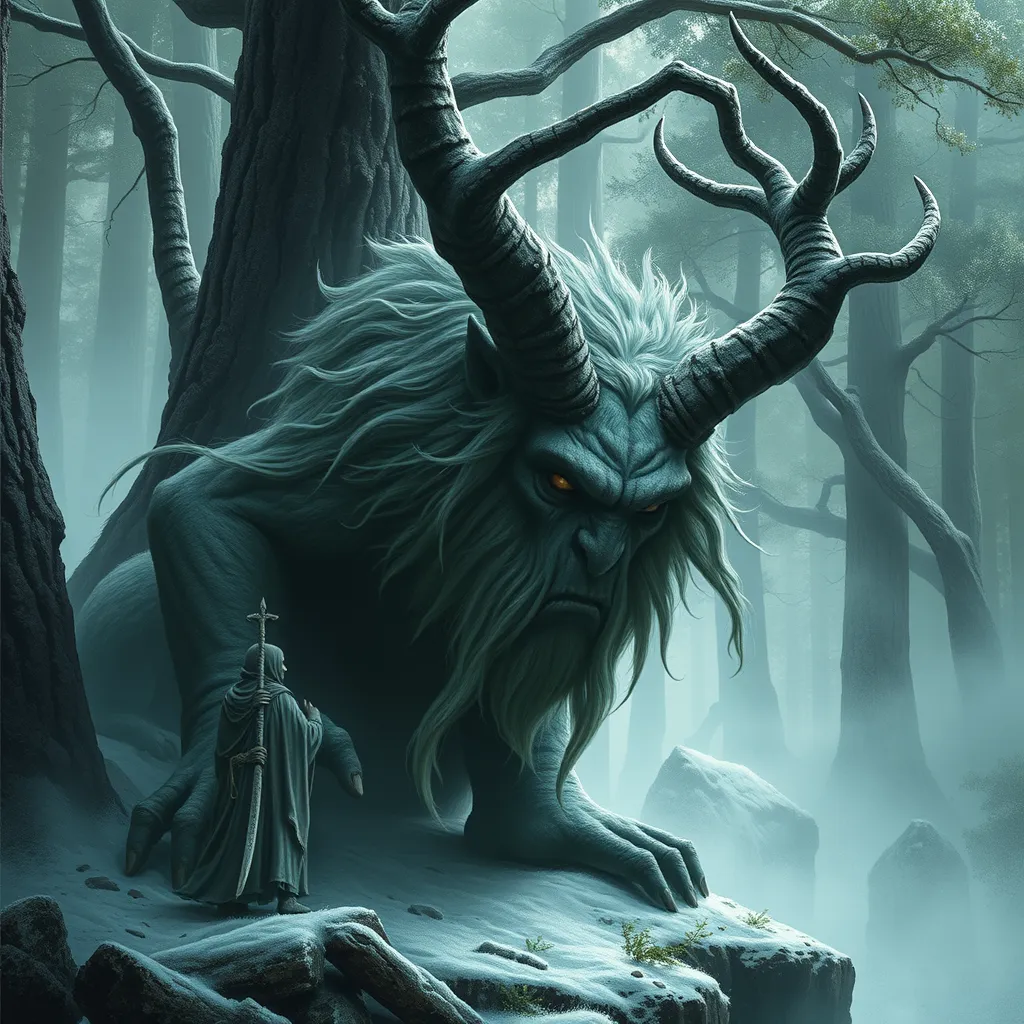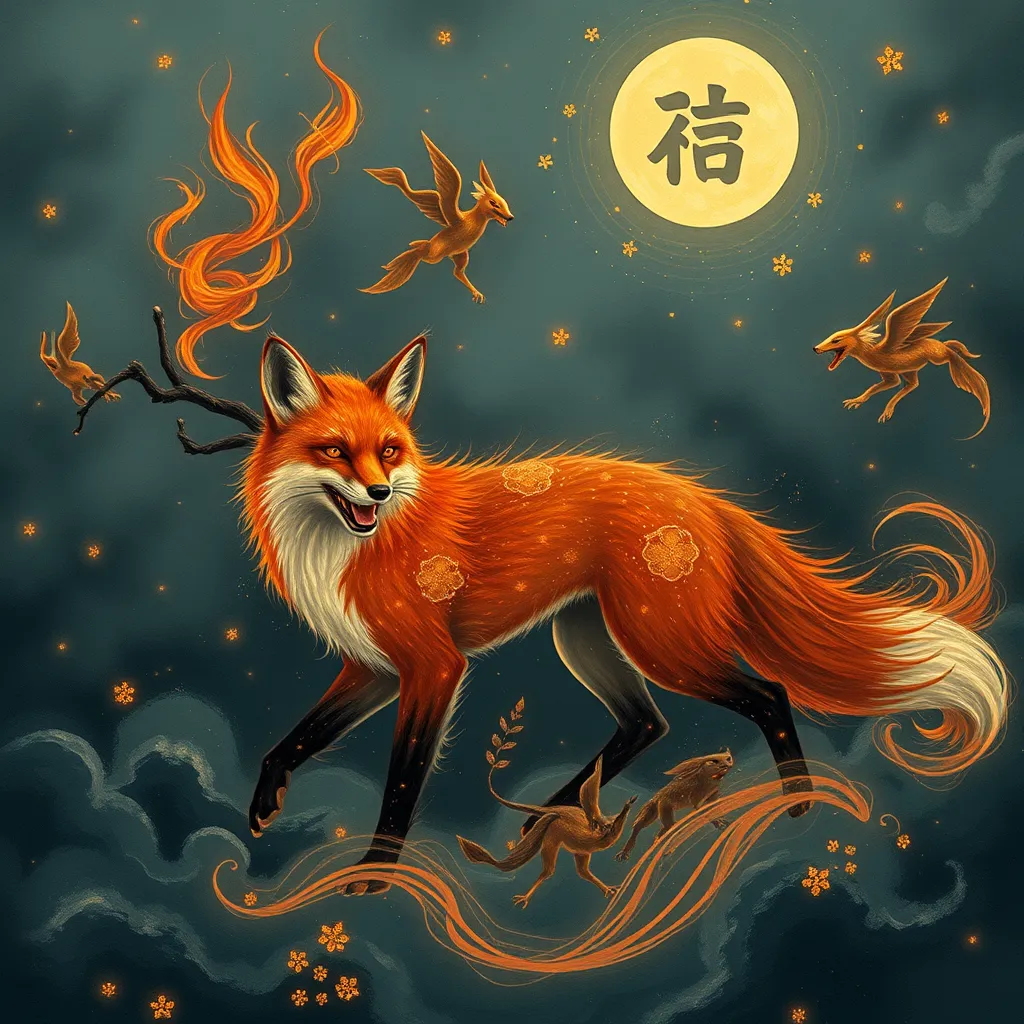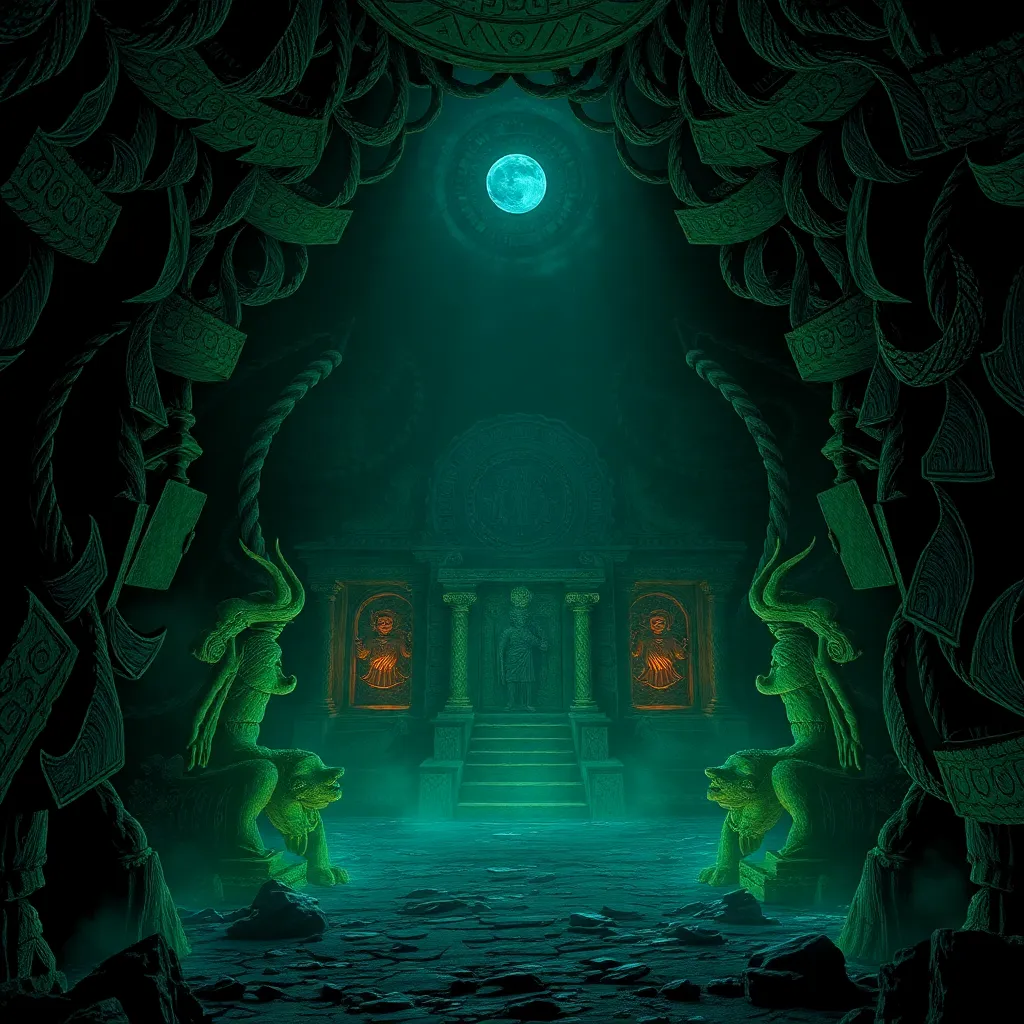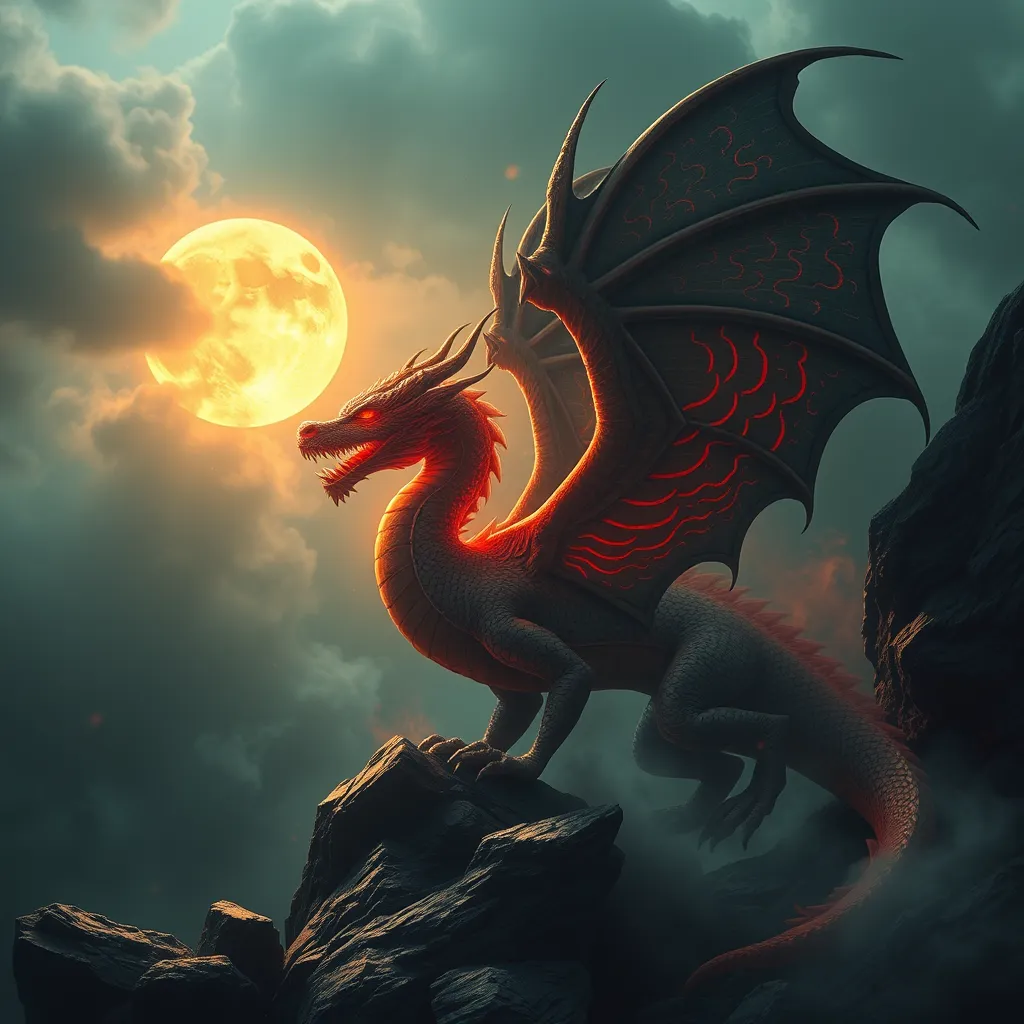From Jotunheim to the Forest’s Edge: The Evolution of Norse Troll Mythology
I. Introduction to Norse Mythology
Norse mythology is a rich tapestry of stories, gods, and creatures that have shaped the cultural landscape of Scandinavia and beyond. It encompasses a vast array of characters and narratives that reflect the beliefs, fears, and aspirations of the Norse people. Among these mythical beings are the trolls, enigmatic creatures that have fascinated and terrified generations.
This article aims to delve into the evolution of Norse troll mythology, exploring their origins, characteristics, and the various ways they have been depicted across time and geography. By examining the significance of trolls within Norse cosmology and their impact on modern storytelling, we can better understand their enduring legacy.
II. Origins of Trolls in Norse Mythology
A. Historical context and early references
The origins of trolls in Norse mythology can be traced back to ancient texts such as the Poetic Edda and the Prose Edda, composed in the 13th century. These texts provide some of the earliest references to trolls, depicting them as formidable beings associated with the mountains and wilderness.
B. Distinction between trolls, giants, and other creatures
Trolls are often confused with giants (jötnar) in Norse mythology, but there are key distinctions. While both are large and powerful, trolls are typically portrayed as more brutish and less intelligent. Giants are often depicted as ancient beings with a connection to the cosmos, whereas trolls tend to be associated with the earth and its untamed nature.
C. The role of trolls in the Norse cosmology
Trolls occupy a unique space in Norse cosmology, often embodying the chaotic and untamed aspects of nature. They serve as antagonists in various myths, challenging the gods and heroes, and representing the dangers that lurk in the wilds of Scandinavia.
III. Characteristics and Depictions of Trolls
A. Physical attributes and variations across regions
Trolls are depicted with a variety of physical traits, often characterized by their large size, grotesque features, and sometimes multiple heads. Regional variations can be observed:
- In some tales, trolls are described as having green skin and long, disheveled hair.
- Others depict them as resembling humans but with exaggerated features, such as large noses and ears.
- In certain regions, trolls are said to transform into stone if exposed to sunlight.
B. Behavioral traits and societal roles within myths
Trolls are often portrayed as solitary creatures, living in caves or mountains, and are known for their cunning and trickery. In many stories, they are depicted as greedy beings who hoard treasure or seek to capture humans. Their interactions with humans often serve to highlight human bravery or foolishness.
C. Symbolism and thematic significance of trolls
Trolls symbolize the primal forces of nature and the fears associated with the wild. They embody the struggle between civilization and the untamed wilderness, representing both a threat and an integral part of the landscape. This duality makes them compelling figures in Norse mythology.
IV. The Influence of Geography on Troll Mythology
A. The connection between landscape and troll folklore
The geography of Scandinavia has significantly influenced the portrayal of trolls in folklore. The rugged mountains, dense forests, and expansive fjords provide a natural backdrop for the stories of these creatures.
B. Regional variations in troll stories across Scandinavia
Throughout Scandinavia, different regions have their own unique troll tales:
- In Norway, trolls are often associated with the mountains and are said to inhabit caves.
- Swedish folklore features trolls as beings that can be both helpful and harmful.
- In Iceland, trolls are part of the landscape, with many hills and rocks believed to be their homes.
C. The impact of natural features on troll characteristics
The characteristics of trolls are deeply intertwined with the natural features of their environments. For example, trolls in mountainous regions may be depicted as more aggressive, reflecting the harshness of their surroundings, while those in forests may be portrayed as more elusive and cunning.
V. Trolls in Folklore and Literature
A. Transition from ancient texts to folk tales
As Norse mythology evolved, so did the portrayal of trolls. From their early references in the Edda texts, trolls transitioned into folk tales, where they became more integrated into everyday life and local culture.
B. Notable literary works featuring trolls
Several notable literary works feature trolls prominently:
- The fairy tales collected by the Brothers Grimm often include variations of trolls.
- J.R.R. Tolkien’s “The Hobbit” introduces trolls in a manner reminiscent of traditional Norse depictions.
- Contemporary works, such as Neil Gaiman’s “Stardust,” incorporate trolls into modern fantasy narratives.
C. The evolution of troll representations in storytelling
Over time, the representation of trolls has evolved from fearsome antagonists to more complex characters. In modern literature and media, trolls can be portrayed as misunderstood or even comical figures, reflecting changes in societal attitudes towards these mythical beings.
VI. Modern Interpretations of Troll Mythology
A. The resurgence of trolls in contemporary media
Trolls have seen a resurgence in contemporary media, appearing in films, TV shows, and video games. Their adaptability allows them to fit into various genres, from horror to fantasy to comedy.
B. The blending of traditional and modern narratives
Modern interpretations often blend traditional troll characteristics with contemporary themes. For example, some narratives explore issues of environmentalism by portraying trolls as guardians of nature.
C. Trolls in popular culture and their significance today
Trolls have become integral to popular culture, representing not only ancient fears but also contemporary societal issues. Their presence in media highlights the ongoing relevance of folklore in understanding human nature and societal dynamics.
VII. Comparative Analysis with Other Mythologies
A. Similarities and differences between Norse trolls and creatures from other cultures
Trolls share similarities with creature figures from various mythologies around the world, such as:
- Giants in Greek mythology, representing chaos and strength.
- Ogres in fairy tales, often depicted as brutish and greedy.
- Yeti in Himalayan folklore, embodying the mysteries of the mountains.
B. The universality of troll-like figures in global folklore
The presence of troll-like figures in various cultures suggests a universal fear of the unknown and the chaotic forces of nature. These creatures often serve as metaphors for societal fears and human struggles.
C. The significance of these comparisons in understanding mythology
Comparative analysis of trolls and similar figures highlights the common themes in mythologies around the world, such as the struggle between civilization and nature, and the representation of the “other.” These comparisons enrich our understanding of how different cultures interpret similar concepts.
VIII. Conclusion: The Enduring Legacy of Trolls
A. Summary of the evolution of troll mythology
The mythology of trolls has evolved significantly from ancient Norse texts to modern interpretations. They have transitioned from fearsome monsters to complex characters that resonate with contemporary audiences.
B. The relevance of trolls in modern society and culture
Trolls continue to hold relevance in modern society, serving as symbols of the unknown and the wild. They remind us of our connection to nature and the primitive fears that still linger in the human psyche.
C. Final thoughts on the future of Norse troll mythology in storytelling
As storytelling continues to evolve, the legacy of Norse trolls is likely to endure. Their rich history and adaptability ensure that they will remain a significant part of folklore and cultural narratives for generations to come.



